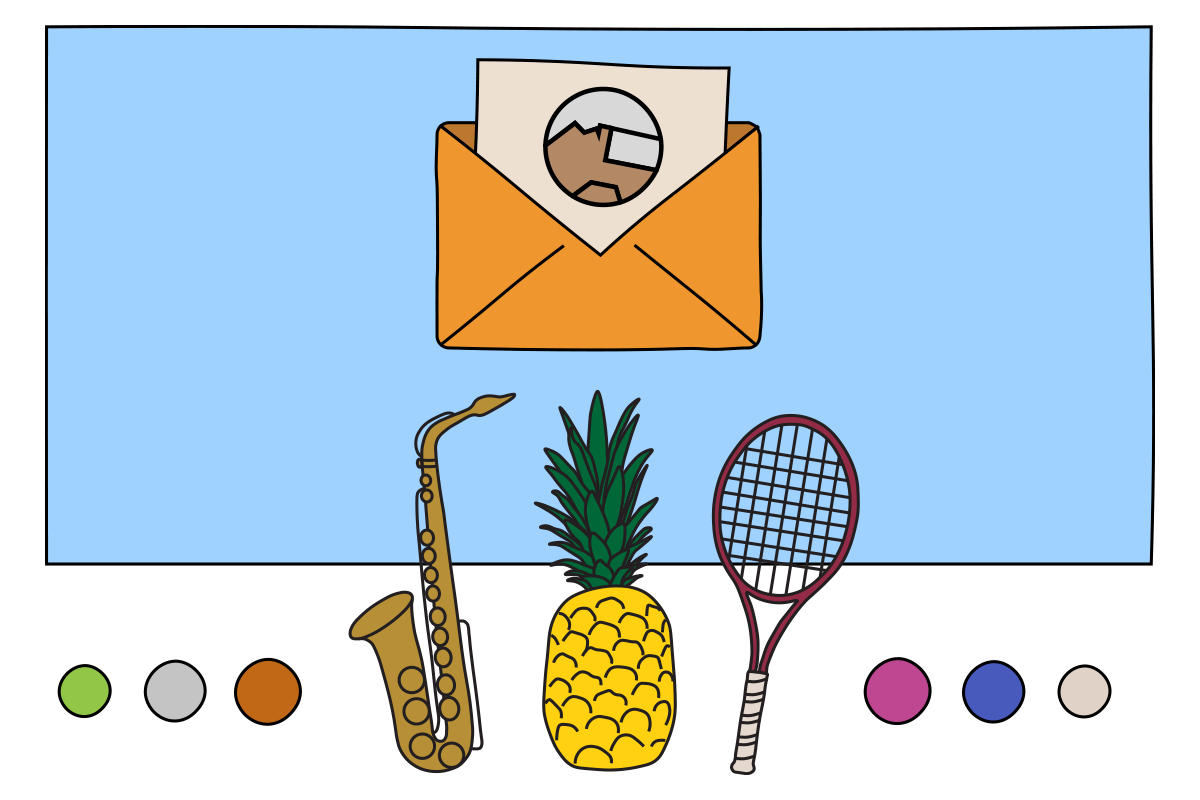Whitney Johnson and Lia Kohl are longtime collaborators who until now have managed to mostly skirt one another on record. But last week they made up one half of the quartet on the multi-instrumentalist Macie Stewart’s new album When the Distance is Blue for International Anthem, which can sound like a cloistered piano recital, seeping through the walls and slipping under the frame of the door by virtue of Kohl’s cello plucks and Johnson’s droning viola, blending strains of sorrow with a bristling portentousness even as it reaches out to the listener over the course of its eight deft compositions. And this week Johnson and Kohl unveil their first album as a duo, with For Translucence on Drag City developing over the course of several years from their initial practise of free improvisation into what is now described as a ‘neophonic orchestral expression’.
On the album opener ’65|66′ the rapid and whinnying bows of Johnson’s viola race over the more arch and elongated diversions of Kohl’s cello, as though one was busy opening doors while the other like a gust of wind blowed a squall through the house. Leaving a draft in its wake, at times the duo share in a stately melancholy, with the windswept ambiance fortified by field recordings, Kohl’s by now distinctive radio missives which she has used to add texture and an often dislocated or transitory sense of place to acclaimed solo works like Normal Sounds and The Ceiling Reposes, synthesizers and sine waves. At times as ’65|66′ hunkers down and stretches out the pizzicato plucks of her cello might sound like water dripping from a tap or somebody tiptoeing briskly down a basement stairwell.
’48|50′ sounds more urban even as its electronic recoil of hisses and puffs, buttons and bleeps defies locale and filters or bleeds out into piercing sine tones. Eventually the oscillations of the sines imbue the piece with a groggy and even phantasmagoric aspect, with submerged baritone operatics like snatches from the Don Giovanni duet ‘Là ci darem la mano’ and banshee wails sounding out in the narrowing distance. Muffled string or mallet plunks tap out a kind of morse code and night birds twitter tweet and twit-twoo at the close of the composition.
Then the first strains of ’73|74′ sound like the wind-buffeted clangour of church bells before moving in the direction of a striated Ambient 1: Music for Airports, whose genteel half-implied melodies are undergirded by throbbing strings which serve as percussion. Without ever really clarifying a beat, the piece is groovy and trance-like as the strings play faint fluttering and sweeping figures, swooning and swooping over an abiding drone.
Bringing together the meditative quality of Johnson’s work as Matchess and Kohl’s quizzical search for presence and place as well as her capacity for bristling yet finely-poised textures, the four tracks on For Translucence each land around the ten-minute mark give or take, with ’54|56′ finally carrying the record to a close as the duo sound bunkered in before blinking out into space and its vast stellarness.





